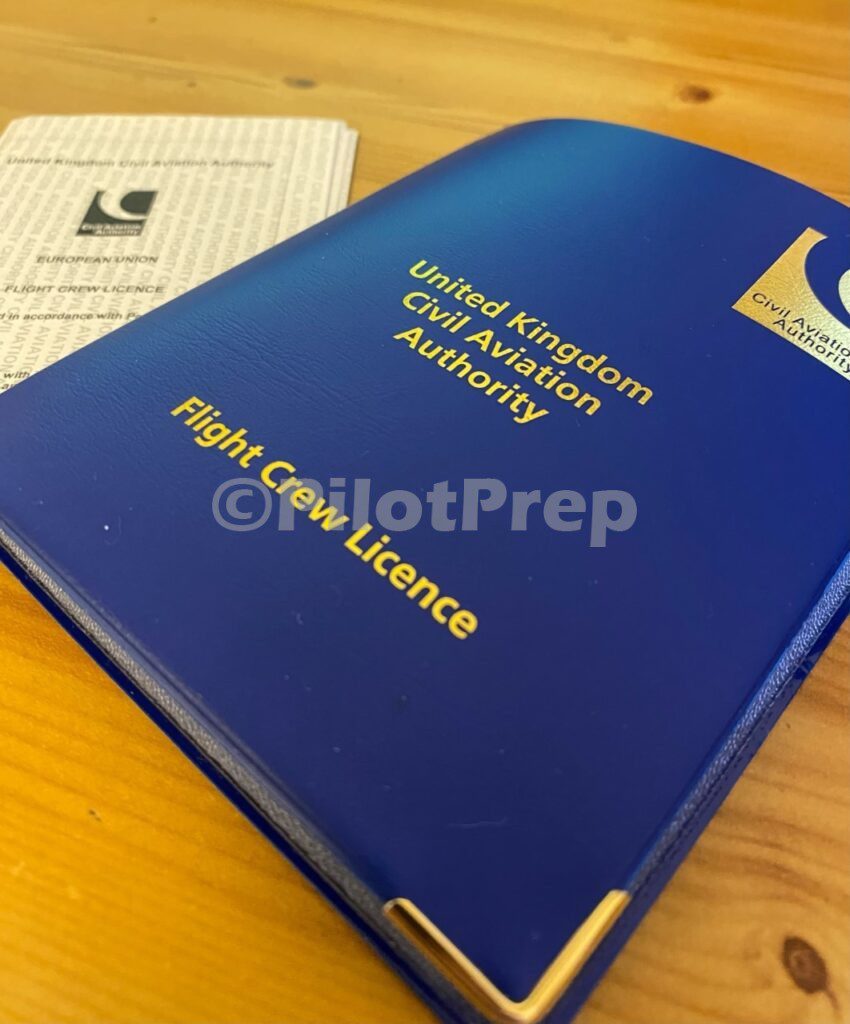What is an ATPL and an MPL?
One of the decisions you’ll have to make before embarking on your pilot journey is which license do you want to have. An ATPL (Airline Transport Pilot License) or an MPL (Multi-crew Pilot License). You may be wondering what the difference is, in short, they both take you to the right-hand seat of an airliner. There are subtle differences, costs, and advantages to both. In this post, we will discuss the differences, advantages, disadvantages, and misconceptions of these two types of pilot licenses. I personally went for the MPL when I was deciding which license I wanted.
Both courses follow a similar footprint, the ground school is exactly the same. The biggest difference is that an ATPL holder will spend 200 hours flying small aircraft before joining an airline. They will then spend 40-50 hours in the simulator for their type rating. An MPL holder will spend around 85 hours flying small aircraft and spend about 160 hours in the simulator including their type rating.
ATPL Pilot License
An Airline Transport Pilot License (ATPL) is the highest level of pilot license that you can get. It is required for pilots who want to fly large commercial airliners or cargo. If you study full-time on an integrated course, you can expect to have a frozen ATPL within about 18 months. It becomes unfrozen once you have achieved 1500 flying hours, 500 of which must be in a multi-crew environment. This enables you to be eligible to apply for command (to become a captain) when you have the number of hours required by your airline (varies from airline to airline).
Advantages of ATPL Pilot License:
- Versatility: There are more job opportunities available to you as you can fly different types of aircraft, including commercial airliners, cargo planes, and private jets.
- More time in a small plane: ATPL pilots undergo a longer period of “hour building”. You will need at least 200 hours of total flight time to take your CPL (Commercial Pilot License), a pre-requisite for obtaining your ATPL. Lots of fun bumbling around in a smaller aircraft!
- Worldwide recognition: ATPLs are known all over the world, giving you more job opportunities.
Disadvantages of ATPL Pilot License:
- Cost: An ATPL is more expensive due to the extensive training requirements and the high cost of acquiring the necessary flight hours. You will spend around £20,000 more on an ATPL than an MPL.
- Time: The training required for an ATPL pilot license can take longer than an MPL. This is due to the high hours required (200 hours) to take your CPL and so you are at the mercy of being cancelled ALOT due to weather. This is because you can only fly VFR when you are hour building.
MPL Pilot License
A Multi-Crew Pilot License (MPL) is a newer type of pilot license. It is designed to train pilots to work in a multi-crew environment, where they will operate large commercial aircraft alongside other pilots. In other words, you are trained to airline standards and expected to fly in the right-hand seat of an airliner once you finish. MPLs are generally tied to a specific company, so you will complete your interview and receive a conditional job offer before you even start training. You will then be trained using “your” airline’s SOPs (standard operating procedures).
Advantages of MPL Pilot License:
- Cost: An MPL is cheaper than an ATPL pilot license since the training is focused on your end aircraft type, you will spend much longer in the simulator (6 months!) and spend much less time in a smaller aircraft (only 85 hours needed). Some airlines run MPL courses for free!
- Time: MPLs generally finish their training faster as they are not held up so much during the VFR training portion and spend much longer in the simulator. The sim is not affected by the weather!
- Job Opportunities: MPL pilots are tagged to an airline from day one. As long as you meet the criteria, you will join your airline as a First Officer when you finish. Yes, you can indeed fail and lose your “tagged” status.
- Better prepared for the airline: You will spend 6 months in the simulator of your future aircraft, around 160 hours of simulator time. ATPL holders on a traditional type rating will only spend 40-50 hours in the sim. You will be better prepared for your airline, and it shows, Captains do notice the difference between ATPL and MPL holders.
Disadvantages of MPL Pilot License:
- Job Opportunities: MPL pilots are tagged to a specific airline. Should that airline go bust, or suffer difficulties (see COVID), then MPLs very quickly find themselves with a license that is nearly useless.
- Versatility: MPL pilots are tied to their aircraft type and can’t rent a Cessna over the weekend to pop somewhere for breakfast. Generally, once you join your airline, it is advisable that you get 1500 hours of experience and take a skill test, at which point you will then have an ATPL.
- Not worldwide: Not all countries recognize an MPL. Outside of Europe, Japan, and the main carriers of the Middle East, most countries don’t recognize the MPL license and prefer ATPL, limiting job opportunities.
So which one should I get?
Both ATPL and MPL licenses will take you to the right-hand seat of an airliner. I personally went with the MPL as a calculated risk, I wanted the “security” of knowing that I would likely join an airline when I finish. Remember, it’s likely, not guaranteed. The ATPL license is more versatile but more expensive and time-consuming to obtain. The MPL license is designed for specific environments and is less expensive and time-consuming to obtain, it’s also related to the demand for pilots so you won’t be able to apply for them year-round. Ultimately, the decision to pursue either an ATPL or MPL pilot license should be made based on personal goals, financial resources, and career aspirations.
Additionally, both ATPL and MPL pilots must meet ongoing training and certification requirements to maintain their licenses and stay up-to-date with the latest aviation technologies and safety protocols.

But MPLs can’t go to another airline, right?
Wrong. It is a common misconception that you need 500 hours, or even 1500 hours before you can move to another airline. This is not true. This rumour appeared when British Airways recruited experienced pilots and required a minimum of 500 hours on type if you had an MPL. This is not a regulatory requirement, but an airline one. When Thomas Cook went bust, the MPL cadets were picked up by Easyjet and likewise when COVID happened, some British Airways cadets were picked up by Easyjet. However, these are special cases and it’s not “a given” that another airline will recruit low-hours MPL pilots. However, before you get your ATPL (after 1500 hours), you can only move to another airline that accepts MPLs.
